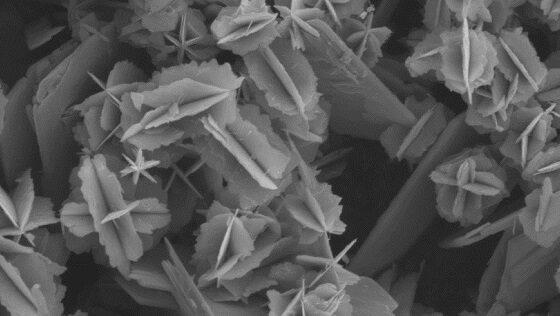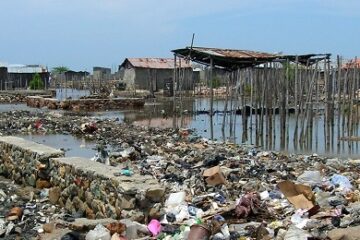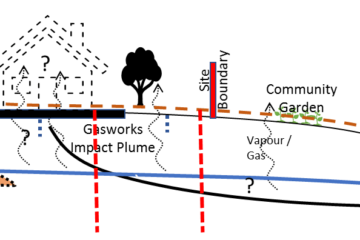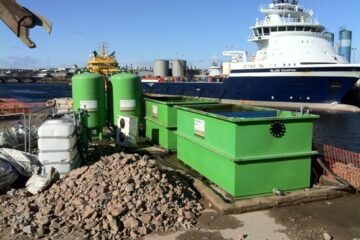Microparticles of Zerovalent Iron (ZVI) are a widely used compound for soil and groundwater remediation. ZVI is the most commonly used reactive media in PRB (Permeable Reactive Barriers) installations over USA. ZVI particles are very effective in the degradation of chlorinated hydrocarbons causing a series of dechlorinating reactions which transform chlorinated hydrocarbons into the corresponding non chlorinated ones.
In this decade, innovative methods have been developed such that nanotechnology applied in environmental treatment and remediation using nanoscale zerovalent iron (NZVI) particles have emerged. Nanoscale (<1 μm) ZVI particles have larger specific surface area than microscale ZVI, which results in an higher reactivity.
nZVI have been demonstrated to treat more than 70 environmental contaminants like polychlorinated hydrocarbons (aliphatic and aromatic) , highly toxic substances such as As(III), As(V), Cu(II), Co(II), Cr(VI), nitrite, and a wide range of toxic industrial dyes. Therefore, nano zero-valent iron (nZVI) has the potential to become an important method for the treatment of soil, water and ground water polluted by a large spectrum of contaminants.
Why is its commercial use still so limited?
Three are the main factor which obstacle the use of nZVI for commercial use:
- Cost uncertainties: despite the encouraging results coming from research, nZVI is still a new technology and only little examples of field approach are known, therefore the real cost of application in the field are still uncertain.
- Nanoparticle performance: nZVI are extremely reactive and oxidize fairly rapidly at air contact, which affects particle storage, safe transport and reactivity.
- Nanoparticles fate in large scale application: nZVI particles tend to agglomerate and adhere to solid surfaces resulting in a limited migration in groundwater.
Research is working hard to solve those problems, trying to unlock the potential of nZVI particles from laboratory scale to end user applications.
An interesting project that deserves to be mentioned is the NanoRem project, funded by the 7th European framework program for research, which involves different European universities and companies dealing with nano-remediation process. One of the main goal of the project is to develop a large-scale production air-stable nZVI powder stabilized by a complex inorganic organic shell in order to prevent the nZVI particles from agglomeration, improving migration distance and particles stability.
2021
Soil remediation guide
Approaching soil remediation without any prior knowledge can be difficult and uncomfortable at times, especially when it can potentially be very costly. This free eBook will help you understand the whats, the whys and the hows of soil remediation in the simplest terms.







Leave a Reply